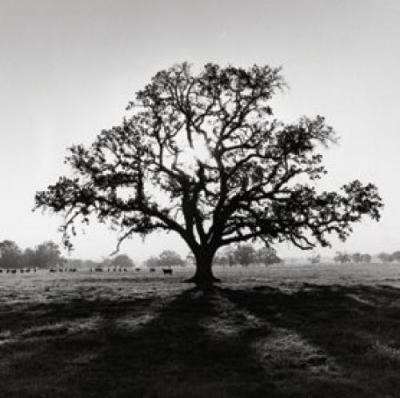Our tour of Unitarian Bible views continues with this sermon extract from Nathaniel Langdon Frothingham, a patron spirit of "Boston Unitarianism," and often excerpted here.
"Having thus dwelt — longer than was intended — on the fact that the Bible is a living thing, let us now proceed to describe the nature of this life. And the chief thought to be here presented is, that it has an organized life; that is, one that is distributed over a variety of dissimilar parts, which have a certain connection and mutual dependence, and are bound together at one root, or by one common principle. The figure in the text will illustrate, as well as any thing else, the idea that I wish to convey. The life of a tree is organic; appearing in the wood and sap, the leaf and bough, the bud and fruit, which are all distinct but appertaining; and drawing its nourishment through the fibres that are spread out at the foot. Such is the life of the Scriptures; divided, but yet one. Planted by the rivers, drinking the air and light, with the birds of heaven in its branches and the fainting earth in its shade, " the fruit thereof shall be for meat, and the leaf thereof for medicine."
This simple and natural conception of them will be found, when reflected on, to be no merely agreeable fancy, or solitary fact, but a truth that leads to several interesting consequences. It will help to reconcile some differences in opinion, and explain some difficulties that have arisen on this subject . And first, of those differences. There are two ways, perhaps equally common, of regarding the sacred volume. The first looks at it as if it were but a single composition; all alike, and strictly one. It makes no discriminations; but holds all that has been collected within the same canon as placed on the same authority and entitled to the same regard; afflicted by the same censure, or sharing the same admiration ; exalted or depreciated together. This view, superstitious in those who believe and unjust in those who cavil, leaves out of sight the principal beauties and evidences of these writings. It discovers nothing of the bearings of one Scripture upon another, and the proportion of a single part to the rest. Through ignorance of their true construction, it mistakes even when it reveres them, and allows of no place to stand on, for their defence against the unbeliever. The opposite view of them is more intelligent, but yet faulty. It recognizes in them nothing but a miscellaneous and chance collection, brought together from different periods of time, without any just method or community of design. It overlooks the bond of their union. By refusing to own them as a whole, it does them a similar injury as if one should take a noble building to pieces, and survey it by the single column or arch, a sculpture or a portico at a time, instead of including within a glance its entire symmetry. Now, according to the idea that I have proposed, both these representations are brought into agreement. Their error is perceived ,to lie only in their partiality and exclusiveness. Combine them, and then you have the real life of the Scriptures, constituting one object out of dissimilar but according parts; as the juices of the same plant produce the tough knot upon its rind, and the delicate blossom trembling in the air it perfumes and dropping under the weight of the rain."
Blessings
Wednesday, January 26, 2011
Subscribe to:
Post Comments (Atom)

No comments:
Post a Comment